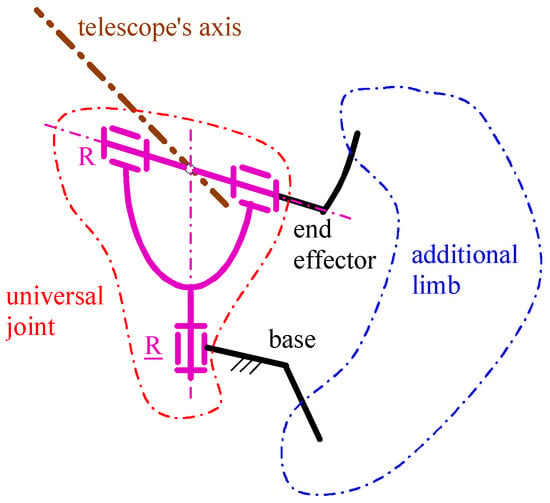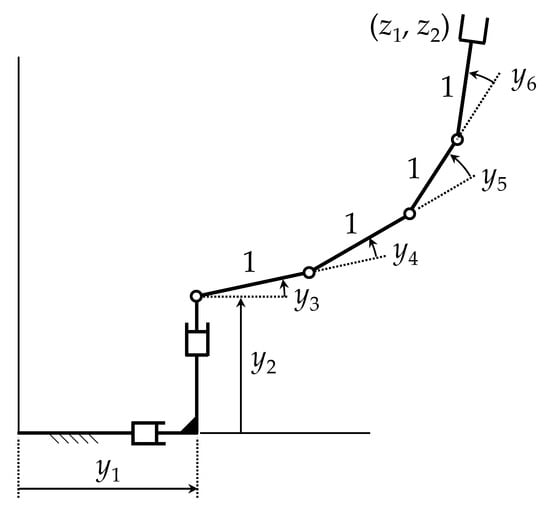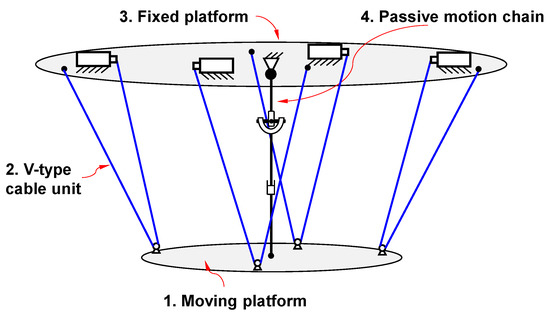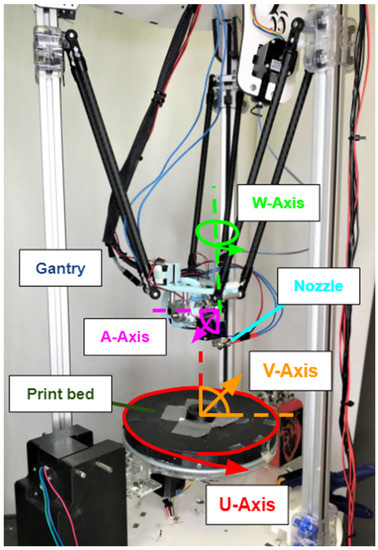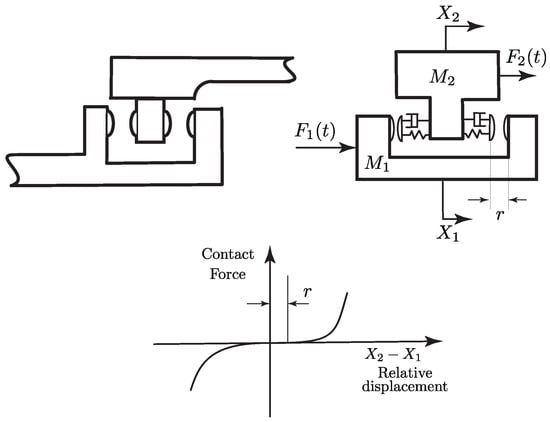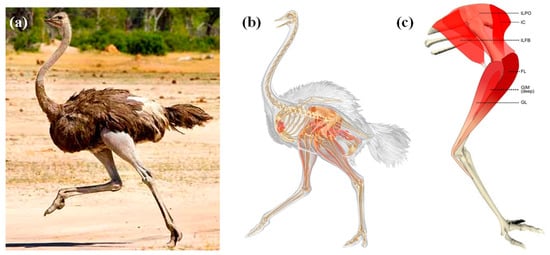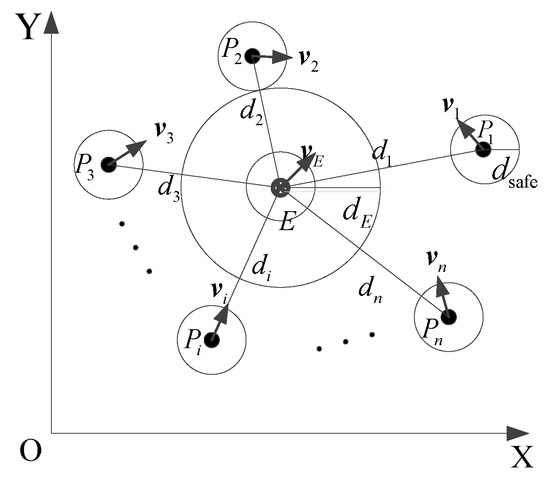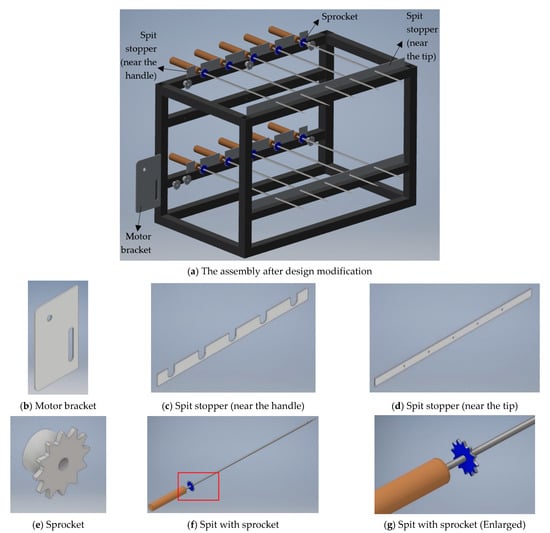Machines, Mechanisms and Robots: Theory and Applications
A topical collection in Machines (ISSN 2075-1702).
Viewed by 25729Editor
Interests: kinematics; dynamics; mechanism and machine theory; parallel manipulators; robot mechanics; biomechanics; vehicle mechanics; robotics
Special Issues, Collections and Topics in MDPI journals
Topical Collection Information
Dear Colleagues,
Machines, Mechanisms and Robots: Theory and Applications (MMR-T&A) is an interdisciplinary collection focused on Mechanical Systems analyzed from both the theoretical and the applicative points of view. It aims to report scientific advancements in all the fields concerning mechanical system design. MMR-T&A papers are expected to make a demonstrable original contribution to engineering knowledge, which should be significant in terms of advancement over established methods. Papers that include both theoretical and experimental aspects, or that include theoretical material relevant to practical applications, are welcome.
Papers submitted to MMR-T&A should clearly state the original scientific contribution of the work, both in the “Abstract” and in the “Introduction”. In addition, the Introduction must clearly define the specific problem treated, with all conditions and assumptions made, and place the contribution in relation to both the historical literature and the state of art. The state of the art should, as much as possible, be summarized and classified—it must not be given as a mere listing of papers. The specific reasons for introducing a new method or approach should become clear based on the presented state of the art. Any advantages of proposed methods over established techniques should be explained clearly and in detail, including comparative tests and experimental evidence wherever possible.
In this collection, original research articles and reviews are welcome. Research areas may include (but are not limited to) the following:
- Mechanism and machine theory;
- Service and industrial robotics;
- Autonomous systems;
- Biomedical engineering and biomechanics;
- Compliant mechanisms and origami-based/reconfigurable mechanisms;
- Rotor dynamics;
- Powertrains and drivetrains;
- Ground, aerial and space vehicle engineering;
- MEMS/NEMS design, technology and applications;
- System control;
- Multi-body dynamics;
- Higher education on mechanical systems.
I look forward to receiving your contributions.
Prof. Dr. Raffaele Di Gregorio
Collection Editor
Manuscript Submission Information
Manuscripts should be submitted online at www.mdpi.com by registering and logging in to this website. Once you are registered, click here to go to the submission form. Manuscripts can be submitted until the deadline. All submissions that pass pre-check are peer-reviewed. Accepted papers will be published continuously in the journal (as soon as accepted) and will be listed together on the collection website. Research articles, review articles as well as short communications are invited. For planned papers, a title and short abstract (about 100 words) can be sent to the Editorial Office for announcement on this website.
Submitted manuscripts should not have been published previously, nor be under consideration for publication elsewhere (except conference proceedings papers). All manuscripts are thoroughly refereed through a single-blind peer-review process. A guide for authors and other relevant information for submission of manuscripts is available on the Instructions for Authors page. Machines is an international peer-reviewed open access monthly journal published by MDPI.
Please visit the Instructions for Authors page before submitting a manuscript. The Article Processing Charge (APC) for publication in this open access journal is 2400 CHF (Swiss Francs). Submitted papers should be well formatted and use good English. Authors may use MDPI's English editing service prior to publication or during author revisions.






